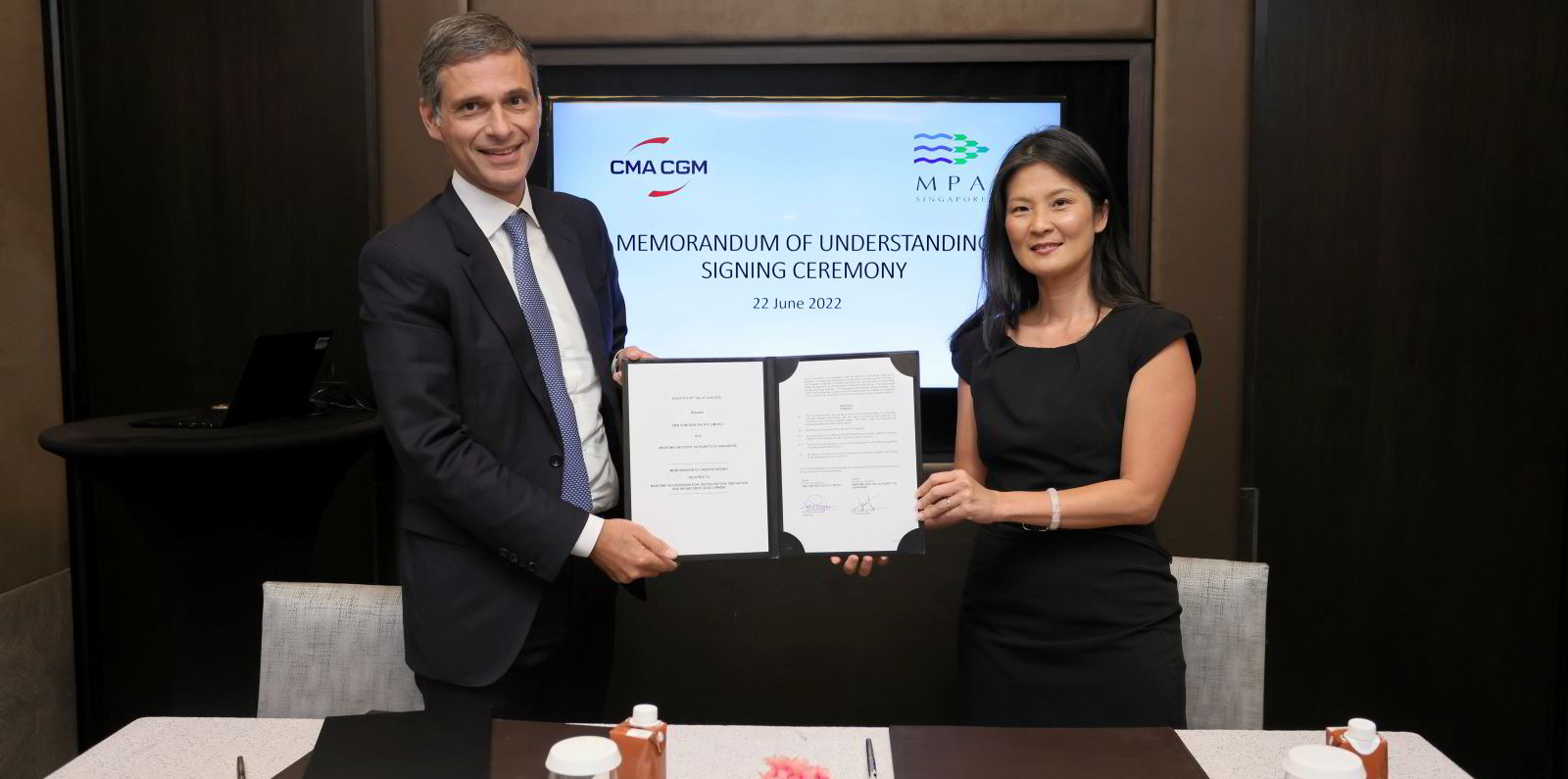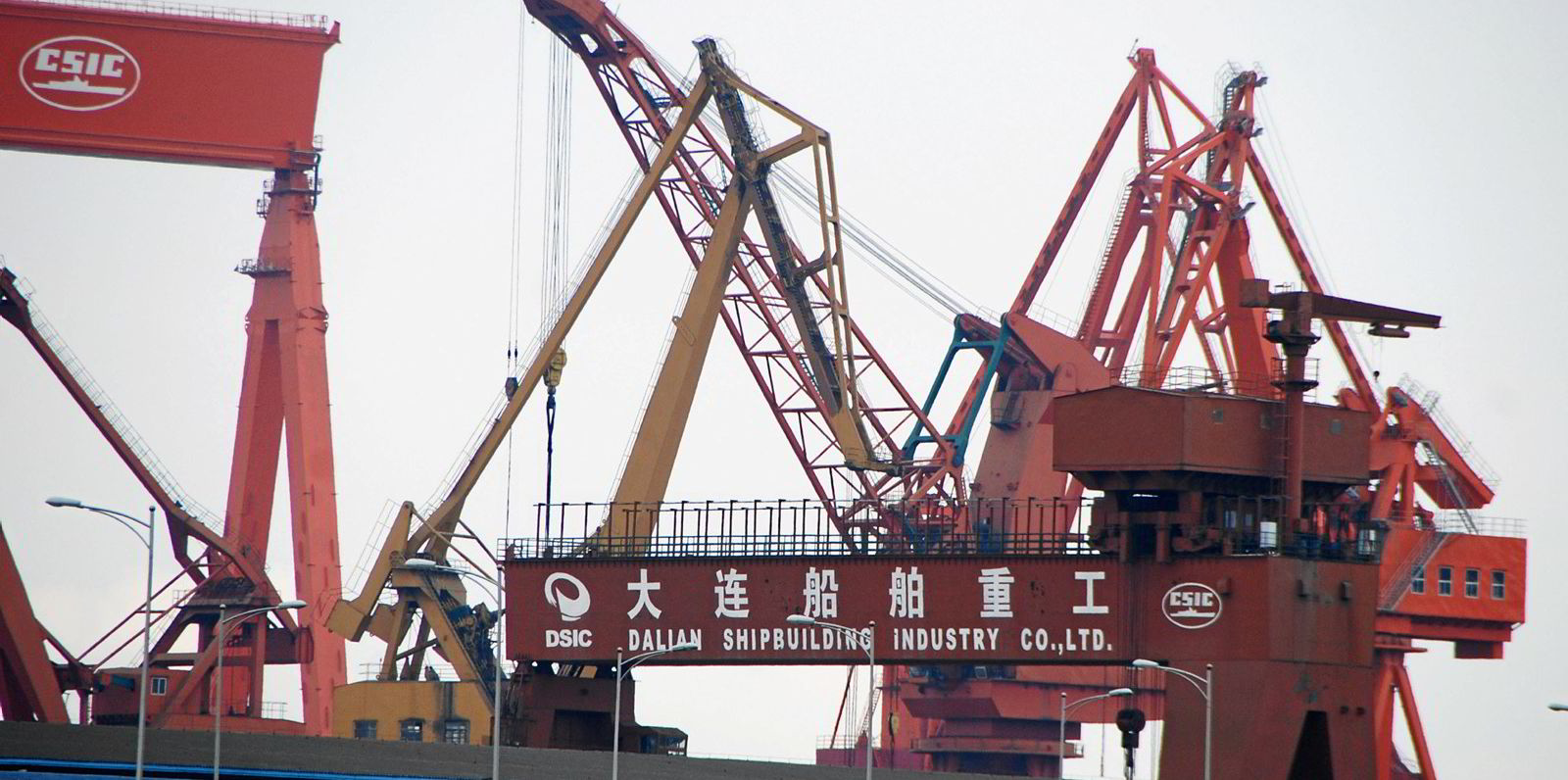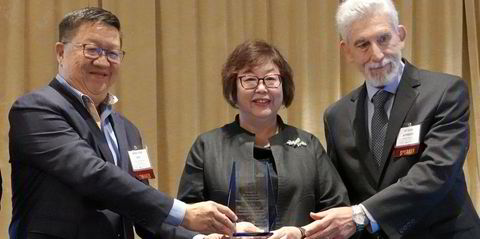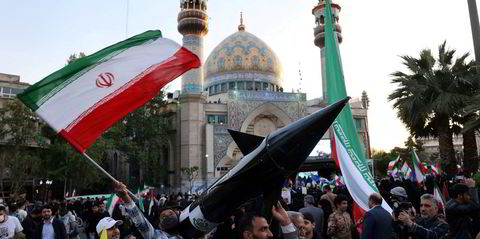Liner giant CMA CGM is said to have selected a Chinese shipbuilder over a South Korean yard to build a series of methanol dual-fuel neo-panamax container ships worth about $1bn in total.
According to shipbuilding sources, the French container ship carrier has struck a deal with state-owned Dalian Shipbuilding Industry Co (DSIC) for six 15,000-teu boxships to be delivered during the second half of 2025.
Shipbuilding sources said major shipbuilding companies in South Korea and China were approached by CMA CGM for the methanol-powered boxships but the final decision rested on meeting a preferred delivery window and the price.
“We believe the shipbuilding price that DSIC offered was also a few million dollars less than the shipyards in South Korea have quoted,” said a shipbuilding broker.
CMA CGM is the second liner company to have opted for methanol-powered container ships over LNG fueling after Denmark’s AP Moller-Maersk. The Danish giant has a dozen 16,000-teu vessels under construction at Hyundai Heavy Industries for delivery in 2025.
CMA CGM is said to be paying about $175m each for the ships.
Officials at DSIC were not available for comment, while CMA CGM said it does not comment on market rumours.
The CMA CGM contract is DSIC’s first methanol dual-fuel container ship project. The yard — known for constructing large tankers and bulk carriers — made its debut in the LNG carrier segment a few months ago after contracting up to four 175,000-cbm newbuildings from China Merchants Energy Shipping.
Shipbuilding sources believe DSIC will face few difficulties in building the methanol-powered container ships as they are easier to construct than LNG dual-fuelled vessels.
CMA CGM announced its intention to order the methanol-fuelled 15,000-teu newbuildings last month but did not disclose the name of the shipyard.
It said this first order for methanol-powered vessels was in line with the company’s strategy to expand its energy mix with the goal of achieving net-zero carbon by 2050.

“CMA CGM is thus accelerating its decarbonisation trajectory by investing massively in gas and methanol fuels,” said the company. “The two sectors will be complementary for decarbonising the shipping industry in the years to come.”
CMA CGM was the first liner company to opt for dual-fuel vessels that run on LNG to reduce its carbon footprint. The company will control some 20 LNG-powered container ships by the end of this year.
Shipbuilding sources said more shipping companies — including Cosco Shipping Holdings, Eastern Pacific Shipping and Pacific International Lines — are showing interest in methanol-powered container ship newbuildings.
A dual-fuelled methanol vessel is said to be cheaper to build than one that is designed to use LNG as fuel, largely because there is no need for expensive cryogenic bunker tanks and fuel gas-handling systems.
Some experts said methanol is easier to handle and more widely available. The gas can be stored and transported as a liquid without the need to cool or keep it under pressure.
However, they concede that methanol is a lower energy fuel than LNG, so larger quantities are needed to achieve the same power output.
On the other hand, some have argued that methanol bunkering infrastructure is not in place whereas significant investments have already been made on this for LNG.
Maersk was also reported to be looking to order 12 more methanol-fuelled 16,000-teu newbuildings and a series of 2,600-teu vessels.







